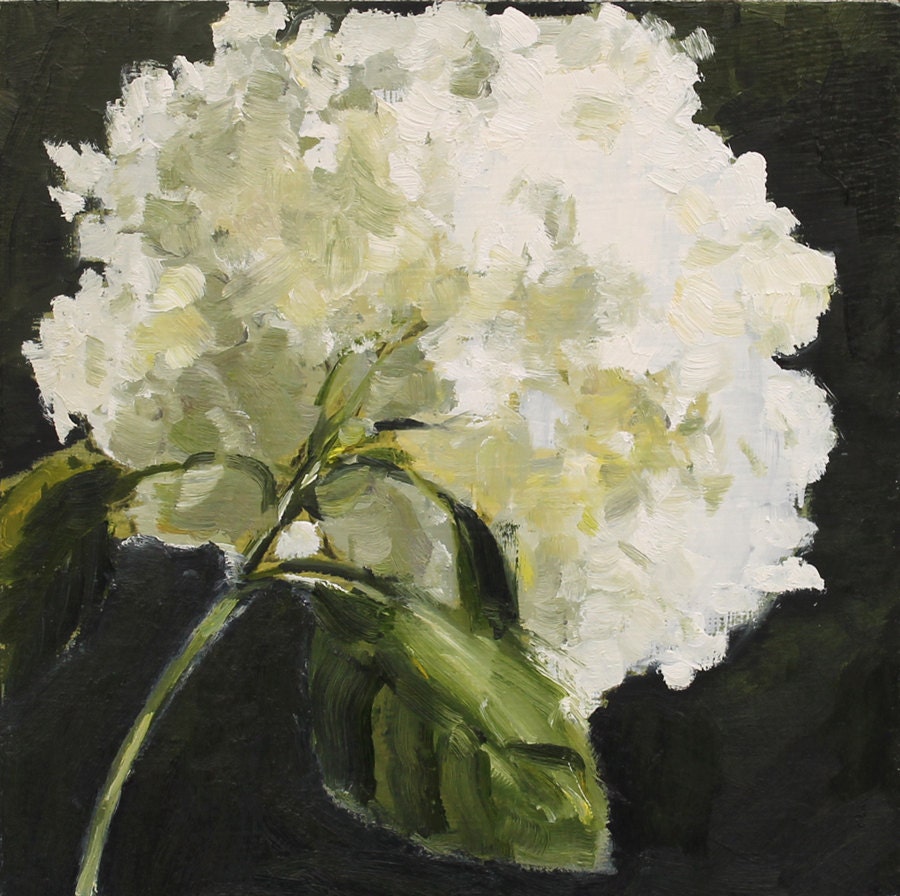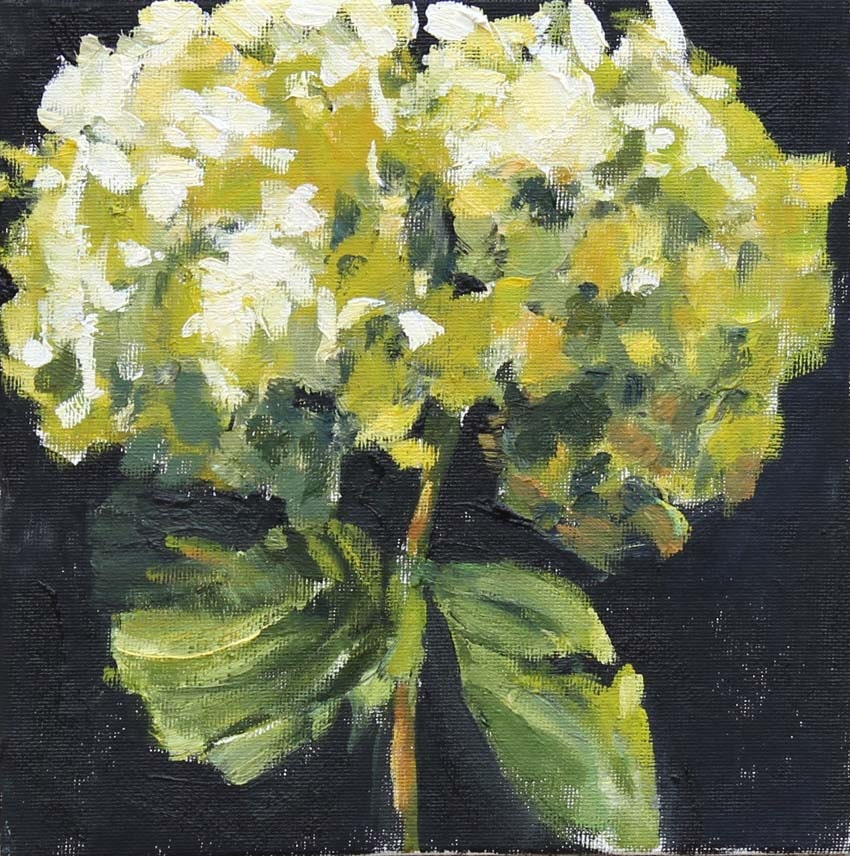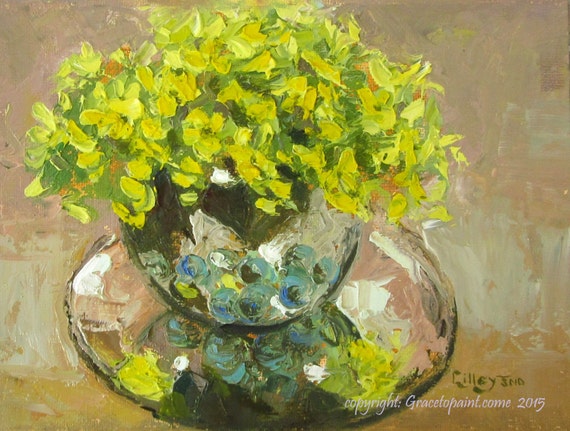Hydrangea (/ha?'dre?nd?i?/;common brands hydrangea or hortensia) is a genus of 70-75 species of flowering plant life local to southern and eastern Asia (China, Japan, Korea, the Himalayas, and Indonesia) and the Americas. Definitely the greatest kinds diversity is within eastern Asia, notably China, Japan, and Korea. The majority are shrubs 1 to 3 meters large, however, many are small trees, while others lianas achieving up to 30 m (98 ft) by climbing up trees and shrubs. They can be either evergreen or deciduous, although generally cultivated temperate species are all deciduous.Having been introduced to the Azores, H. macrophylla is quite typical now, particularly on Faial, which is known as the "blue island" because of the vast number of hydrangeas present on the island.Life cycleHydrangea blossoms are created from planting season to late autumn; they expand in flowerheads (corymbs or panicles) most often at the ends of the stems.
Usually the flowerheads contain two types of blooms: small non-showy blooms in the guts or interior of the flowerhead, and large, showy blossoms with large bright colored sepals (tepals). These showy blooms are expanded in a band often, or to the surface of the small flowers. Crops in outrageous populations have few to none of them of the showy blooms typically, while cultivated hydrangeas have been preferred and bred to have significantly more of the bigger type blooms.There are two flower arrangements in hydrangeas with Corymb style inflorescens, which include the commonly grown "bigleaf hydrangea"--Hydrangea macrophylla. Mophead blooms are large spherical flowerheads resembling pom-poms or, as the name means, the mind of the mop. On the other hand, lacecap flowers bear round, flat flowerheads with a center core of subdued, small flowers surrounded by outer rings of larger flowers having showy sepals or tepals.
The bouquets of some viburnums and rhododendrons can appear, initially, just like those of some hydrangeas.Colors and garden soil acidityIn most species the plants are white, however in some varieties (notably H. macrophylla), can be blue, red, pink, light crimson, or dark purple. In these types the colour is afflicted by the presence of aluminium ions which are available or tangled up depending after the ground pH. For H. macrophylla and H. serrata cultivars, the flower color can be dependant on the relative acidity of the soil: an acidic soil (pH below 7), will supply aluminum ions and produce flowers that are blue to purple typically, whereas an alkaline soil (pH above 7) will tie up aluminum ions and bring about pink or red flowers.
This is the effect of a color change of the bloom pigments in the presence of aluminium ions which is often taken up into hyperaccumulating plants.[6] Lowering the pH of potting soils or mixes usually does not change the rose color to blue, because these soils haven't any aluminum ions. The ability to blue or green a hydrangea is affected by the cultivar also. Some plants are selected for their ability to be blued, while others are bred and selected to be red, pink or white. The flower color of all other Hydrangea species is not influenced by aluminum and cannot be changed or shifted. Hydrangeas also have a nickname called 'Change Rose'.
Hydrangea Flower Still Life Painting Original Oil on by HOomen

Still Life Painting Hydrangea Flower Small Original Oil by HOomen

Hydrangea ArrangeaOriginal Oil Paintings by by Paintgrace

Nel39;s Everyday Painting: Hydrangeas in Pitcher SOLD

Tidak ada komentar:
Posting Komentar